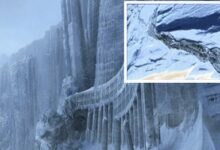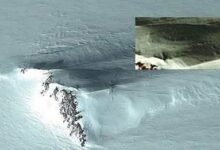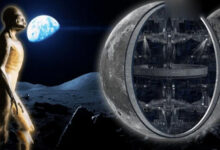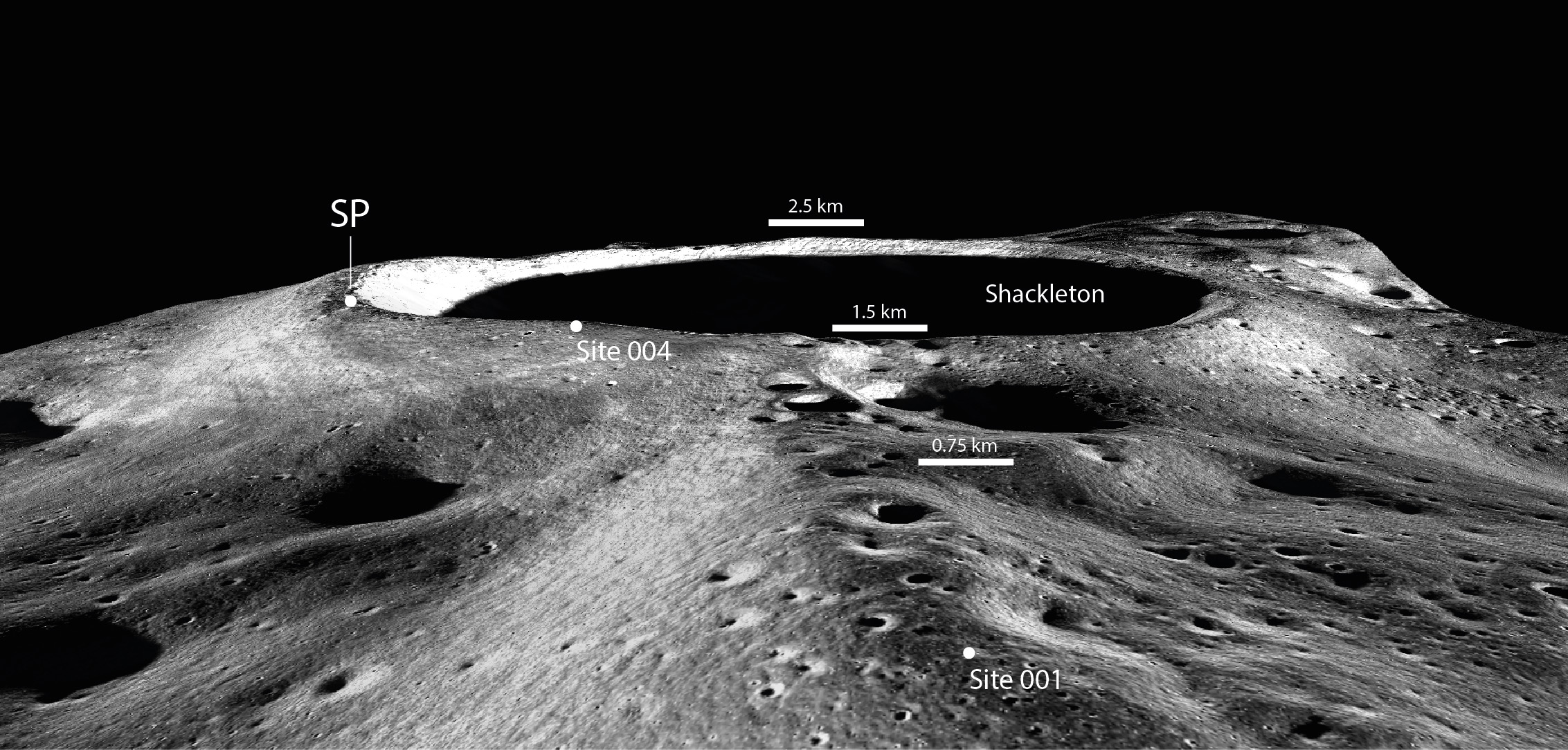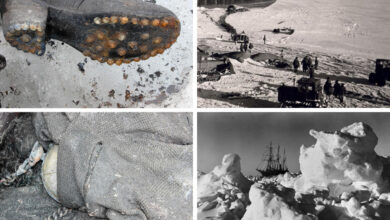The Images That Will Change Your View of Our Moon Forever (And Blow Your Mind)
The Moon, Earth’s closest celestial neighbor, has long fascinated scientists and explorers. Thanks to NASA’s Lunar Reconnaissance Orbiter (LRO), our understanding of the Moon has been transformed, providing a detailed look at its geological wonders and unlocking secrets that could shape the future of space exploration.
Since its launch, the LRO has collected over 8 billion measurements, making the Moon the most thoroughly mapped body in our solar system. Equipped with advanced imaging technology, the orbiter has captured high-definition images that have not only revealed the Moon’s intricate surface but also offered valuable insights into its evolution over billions of years.
One of the most exciting aspects of LRO’s discoveries is its ability to highlight unique lunar features. For instance, Jackson Crater and Komarov Crater are standout formations that provide glimpses into different geological processes. These craters, each formed by impacts, have helped scientists learn more about the Moon’s history of collisions and volcanic activity.
Yet, the Moon continues to surprise researchers. Mysterious cold patches have been detected on its surface, suggesting unusual thermal dynamics. Additionally, the Gruithuisen Domes—a series of volcanic formations—pose questions about the Moon’s volcanic history, with upcoming missions aimed at uncovering more about these peculiar structures.
Of particular interest is the lunar South Pole, a prime target for future human exploration. LRO’s data indicate the presence of water ice reserves in this region, a discovery that could be critical for sustaining long-term missions. Water ice can be used for drinking, growing food, and even converting into fuel, making it a key resource for future astronauts.
One of the remarkable capabilities of the LRO is its ability to capture both top-down and oblique views of the Moon, enhancing our understanding of height, scale, and the Moon’s topography. This dual imaging system allows for a more comprehensive analysis of lunar features, helping researchers piece together the Moon’s geological history.
As the LRO continues its mission, it not only provides data for current research but also sets the stage for future exploration. Scientists are particularly eager to learn more about the Gruithuisen Domes and the Moon’s cold patches, which may unlock new clues about volcanic activity and surface conditions.
The LRO’s findings highlight the dynamic nature of the Moon, showing that even seemingly inactive bodies can still exhibit geological changes. As new missions are planned and our knowledge deepens, the Moon will continue to play a central role in humanity’s quest to understand the solar system and explore the final frontier.
From groundbreaking discoveries of water ice to mysterious cold patches, the LRO has reshaped our view of the Moon, revealing its hidden wonders and pointing the way for future human exploration. The Moon, it seems, holds far more secrets than we ever imagined, and with the LRO leading the way, those secrets are slowly coming to light.
***
Watch this full video to know more


